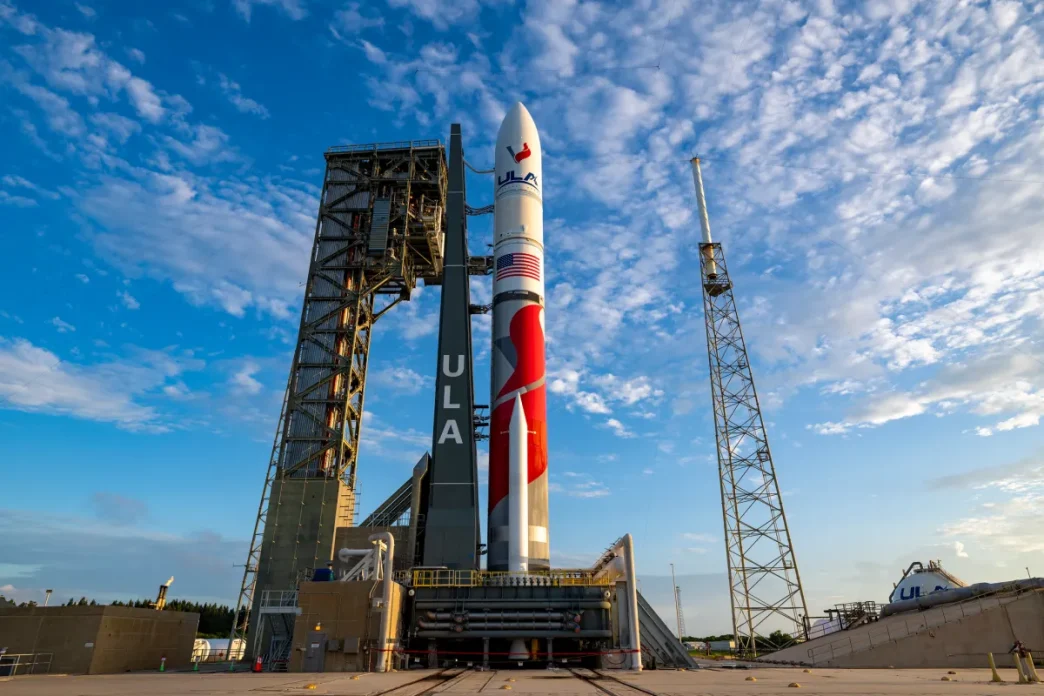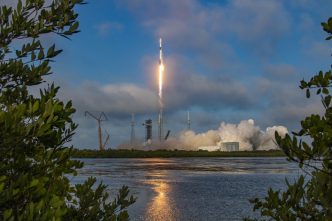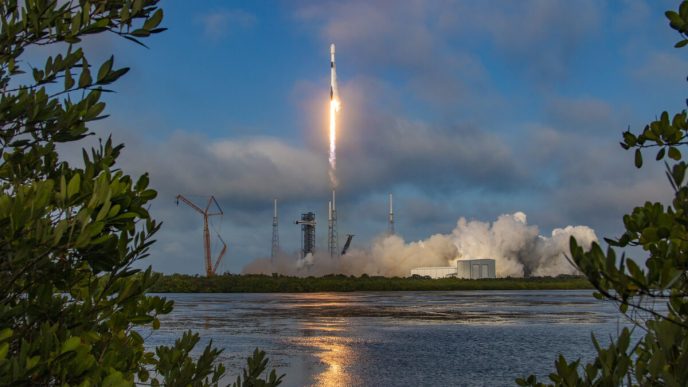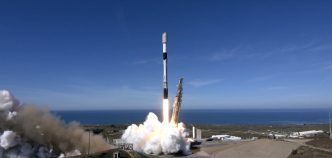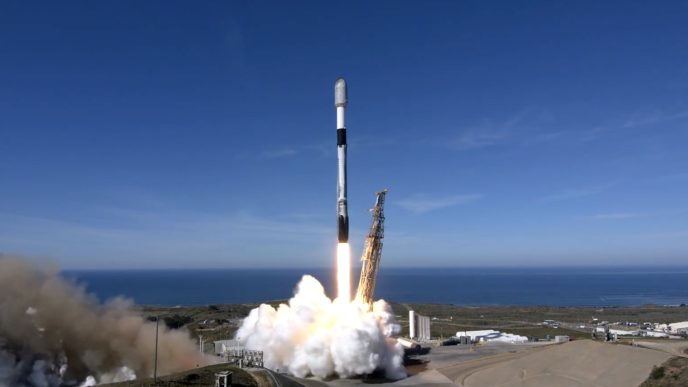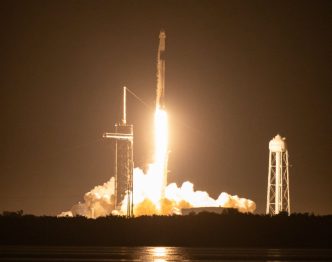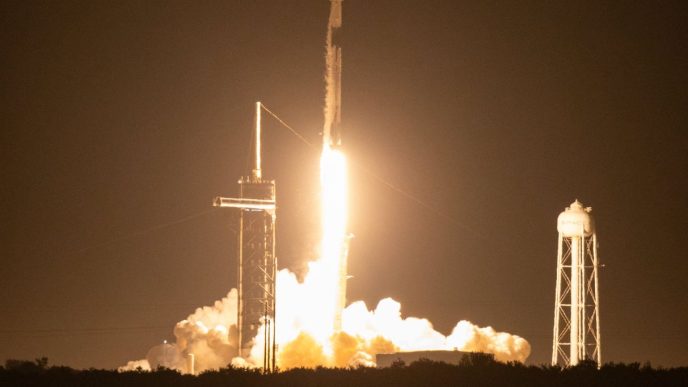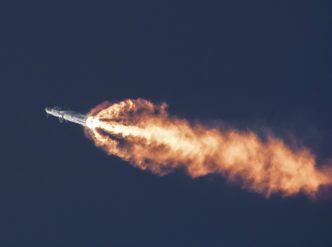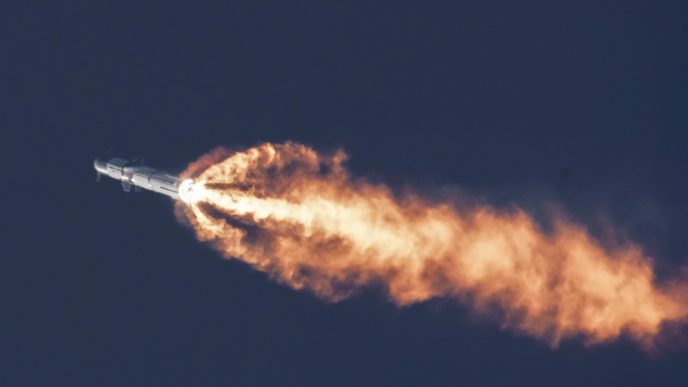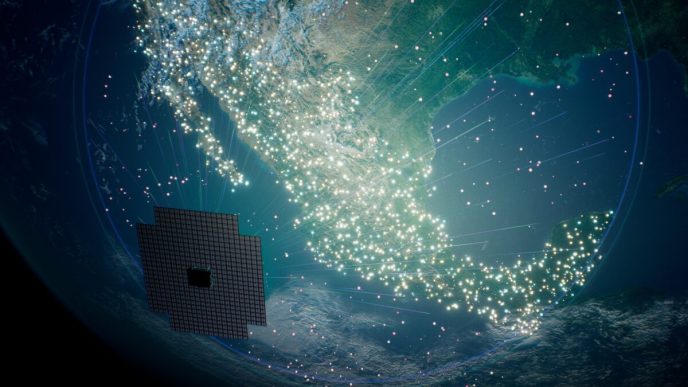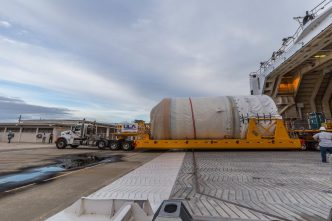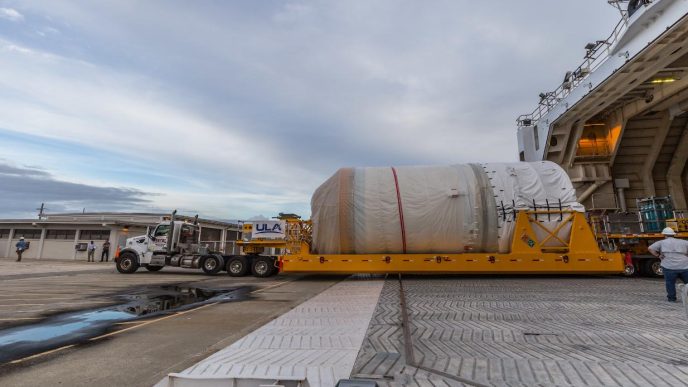United Launch Alliance (ULA) is preparing for the second certification flight of its Vulcan rocket, called Cert-2, as it aims to meet U.S. Space Force certification requirements for national security missions. The mission, scheduled for launch after a January flight carrying a mass simulator of Astrobotic's Peregrine lander, will enable ULA to conduct further tests and collect data for Space Force approval. ULA CEO Tory Bruno emphasized that Cert-2's main goal is to achieve a second successful flight, clearing the way for Vulcan's use in national security missions later this year.
Brig. Gen. Kristin Panzenhagen of the U.S. Space Force noted that the certification process will take time, with the Space Force needing to thoroughly review data post-launch before certifying Vulcan. Bruno added that ULA will conduct its own analysis before submitting the findings for official review, expecting the process to take weeks. A successful certification would allow ULA to proceed with launching two key national security missions, USSF-106 and USSF-87, before the end of the year.
In addition to the main mission, ULA plans to conduct experiments with the Centaur upper stage during Cert-2, testing new technologies designed to extend its operational life in space. These tests are intended to support future advancements for Centaur, enabling it to stay in orbit for weeks or months, offering in-space transportation and servicing capabilities. Bruno highlighted the importance of reducing propellant boiloff and optimizing consumable use for the long-duration version of Centaur, calling it a “revolutionary capability.”
The Cert-2 mission will last 35 minutes, with additional Centaur tests occurring afterward, followed by the disposal of the upper stage in accordance with U.S. Orbital Debris Mitigation Standard Practices.
Future Launch Plans and Industry Developments A successful Cert-2 launch would also allow ULA to ramp up its flight schedule, with plans for 20 launches in 2025, evenly divided between Atlas and Vulcan rockets for government and commercial customers. This includes launching Amazon's Project Kuiper satellites, now expected to begin early next year. ULA has been transparent with Amazon regarding schedule adjustments, prioritizing national security missions but working closely with the company to ensure a timely launch.
Sierra Space's Dream Chaser spaceplane, originally planned for the Cert-2 mission, will now fly on a future launch due to development delays. ULA and Sierra Space determined Dream Chaser would not be ready for this fall, but ULA has reserved space for it on the 2025 manifest.
Despite absorbing the full cost of Cert-2, estimated in the “high tens of millions of dollars,” ULA has integrated valuable experiments into the mission to maximize its return. Development costs for Vulcan are in line with typical large launch vehicles, Bruno noted, costing between $5 billion and $7 billion. ULA has also invested over $1 billion in infrastructure, including expanded factories, launch facilities, and transportation assets, to support Vulcan's anticipated launch rates.


